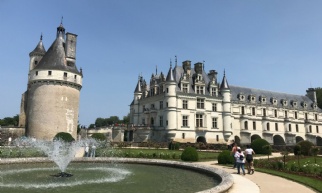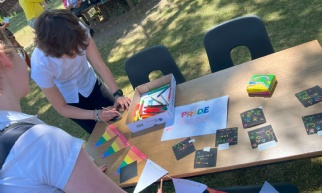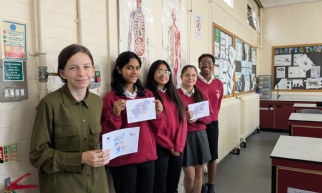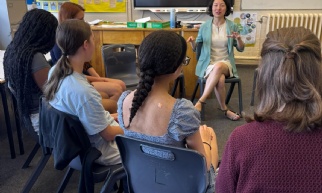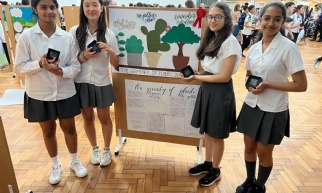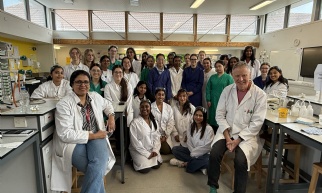MFL Trip to France 2025
Day 1: In the early hours of Sunday morning on 8th June, we embarked on the long-awaited trip to France. The journey was long, yet everyone was buzzing with excitement, and after a day of travel, we arrived at the meeting point in Tours. At this point, most of us had begun to feel some butterflies in our stomachs about meeting our families. However, after the initial introduction, we gradually got less timid and, during dinner at home, we started to amicably chat about all sorts of things. We retired to our rooms for the night shortly after that, happy and content, thinking about the wonderful week to come.

